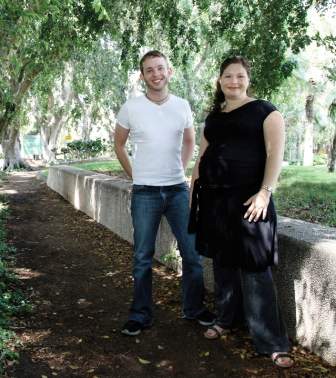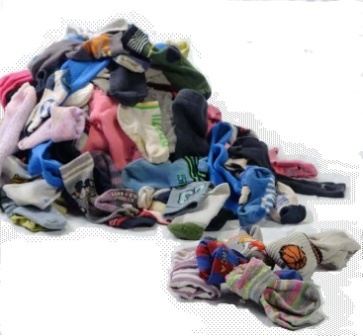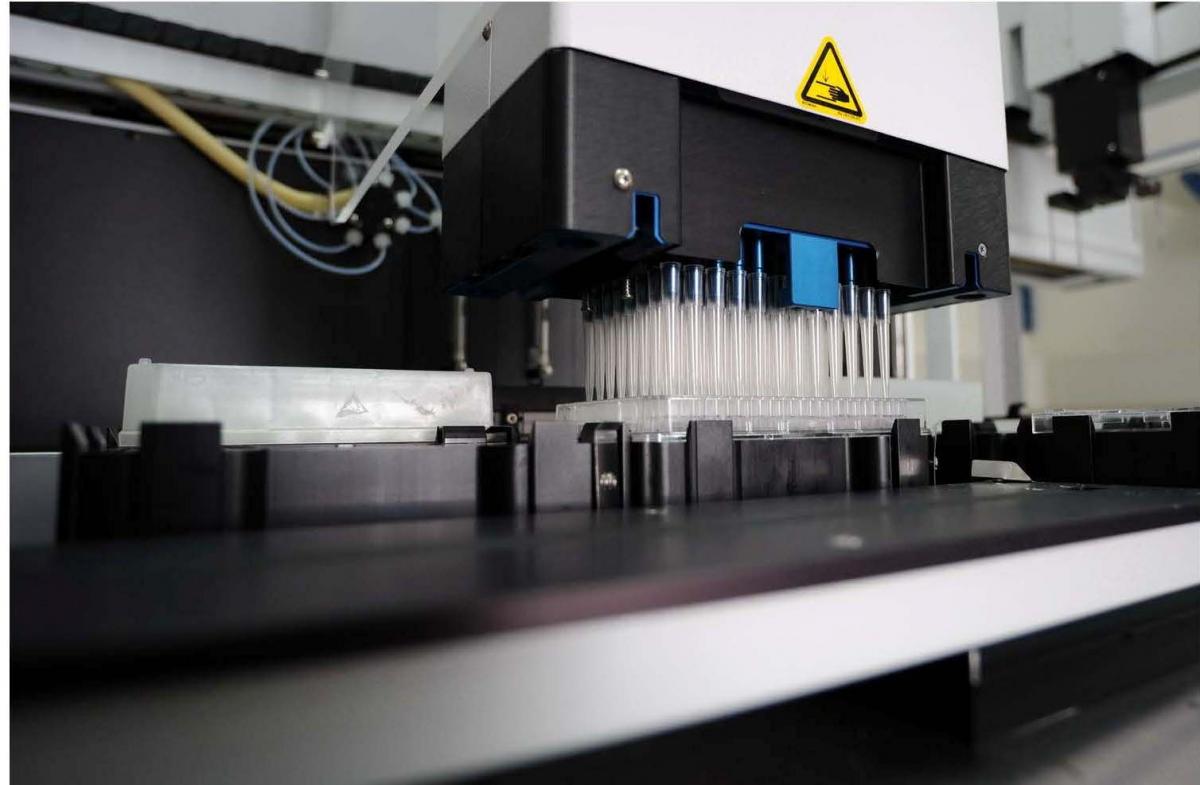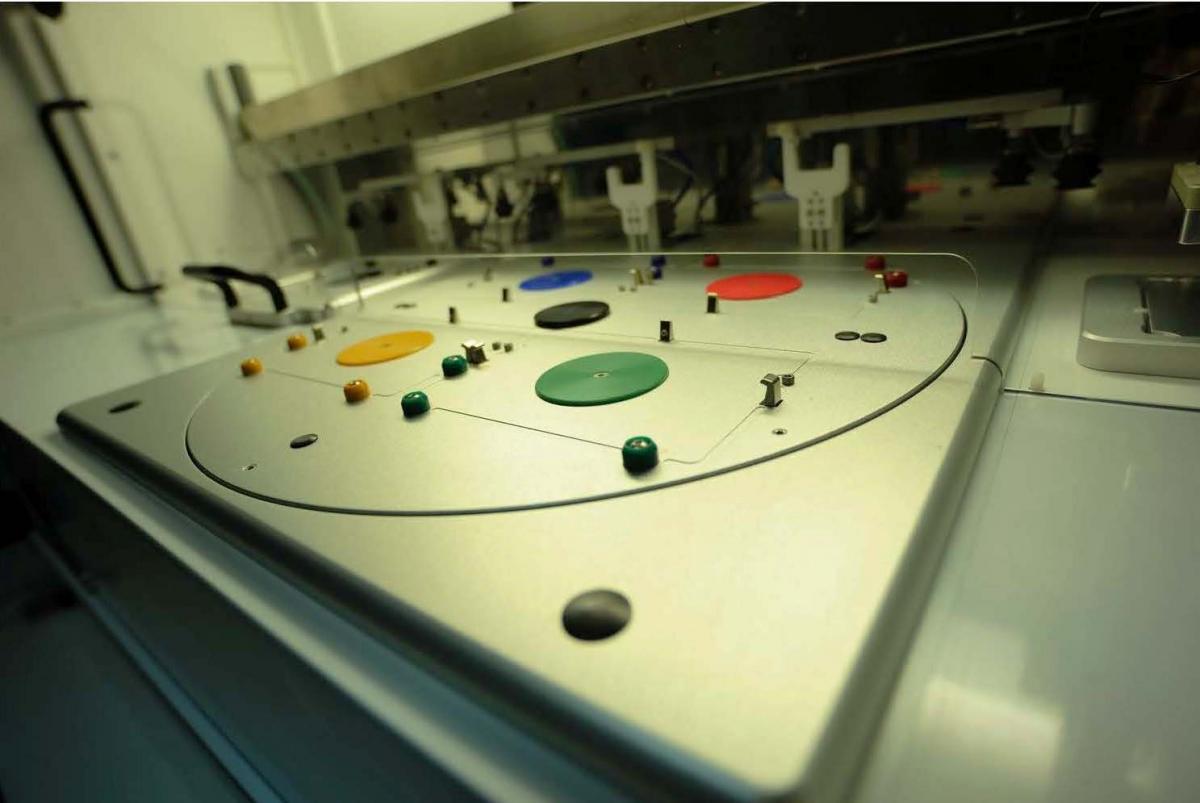Scientists have been searching for such pairs for the past 20 years, with only partial success. But the issue is vital: The proteins that the escorts match up with are hormones, growth factors and various other signaling molecules that are produced for export to other cells or organs, and their activities are implicated in many diseases, from autoimmune syndromes to cancer. A better understanding of the escorts’ functions could point to possible drug targets for treating these diseases.
Until now, identifying escorts and finding their matches had been something like trying to sort through all those socks by hand, one at a time. That is why only 10 escorts had been identified, and these had been matched to only a handful of proteins. And that, says Schuldiner, is not enough to begin to understand the rules of protein trafficking.
To remedy the situation, she and her team – including research student Yonatan Herzig and Dr. Yael Elbaz, together with Prof. Sean Munro and Hayley Sharpe of the MRC Laboratory of Molecular Biology, Cambridge, UK – decided a more systematic approach was called for. In the PAIRS method they developed, a lab robot prepared and cultured yeast cells. The samples – grown in rows of tiny wells – each contained a yeast strain that had been genetically engineered so that one of 400 different proteins would glow fluorescent green, while one of the 10 known escorts was rendered inactive. Producing all the possible combinations – just finding matches for the known escorts – required 4,000 different samples. Then, a second robot automatically scanned images of the cells, looking for the tell-tale green glow showing that a particular protein was building up in the cell rather than being exported – a sure sign of a match.
For each escort, new passenger proteins were identified. At that point, says Schuldiner, the team could begin to formulate some rules about the ER transport system. For instance, the scientists found that the escorts worked mainly with relatively small sets of proteins, each commited to using that particular escort. In some cases, the group of proteins tied to and escort had similar functions; in others, a shared chemical “password” gave them access.
Even more interesting was the one escort protein that seemed to be an exception to the rule: The scientists noted that Erv14 paired up with an unusually large number of proteins that apparently had nothing in common. After a series of experiments ruled out all sorts of possible factors, the team hit upon the one thing they all shared – an extra-long domain that is required for them to be displayed on the outer plasma membrane of the cell.
Because versions of this escort are found in everything from yeast to fruit flies to mammals, the same rule should apply to human Erv14 and the proteins it pairs with. One of those using the Erv14 escort is EGF receptor protein, a protein required for proper embryonic development that also plays a well-studied role in cancer growth. A better understanding of the requirements for EGF receptor trafficking is essential for developing models of both development and tumor progression.
In addition to the matches the researchers managed to identify, there were many proteins that didn’t pair with any of the known escorts. Do these forgo the help, or do they use other, as-yet-undiscovered escorts? Schuldiner and her team plan to continue investigating. Their eventual goal is to produce a “traffickome” that will map out transportation systems for all the proteins in the cell.
Dr. Maya Schuldiner's research is supported by the European Research Council; the Minna James Heineman Stiftung; the Enoch Foundation; Roberto and Renata Ruhman, Brazil; the Karen Siem Fellowship for Women in Science; Miel de Botton, UK; James and Ilene Nathan, Beverly Hills, CA; and the Kahn Family Research Center for Systems Biology of the Human Cell.



